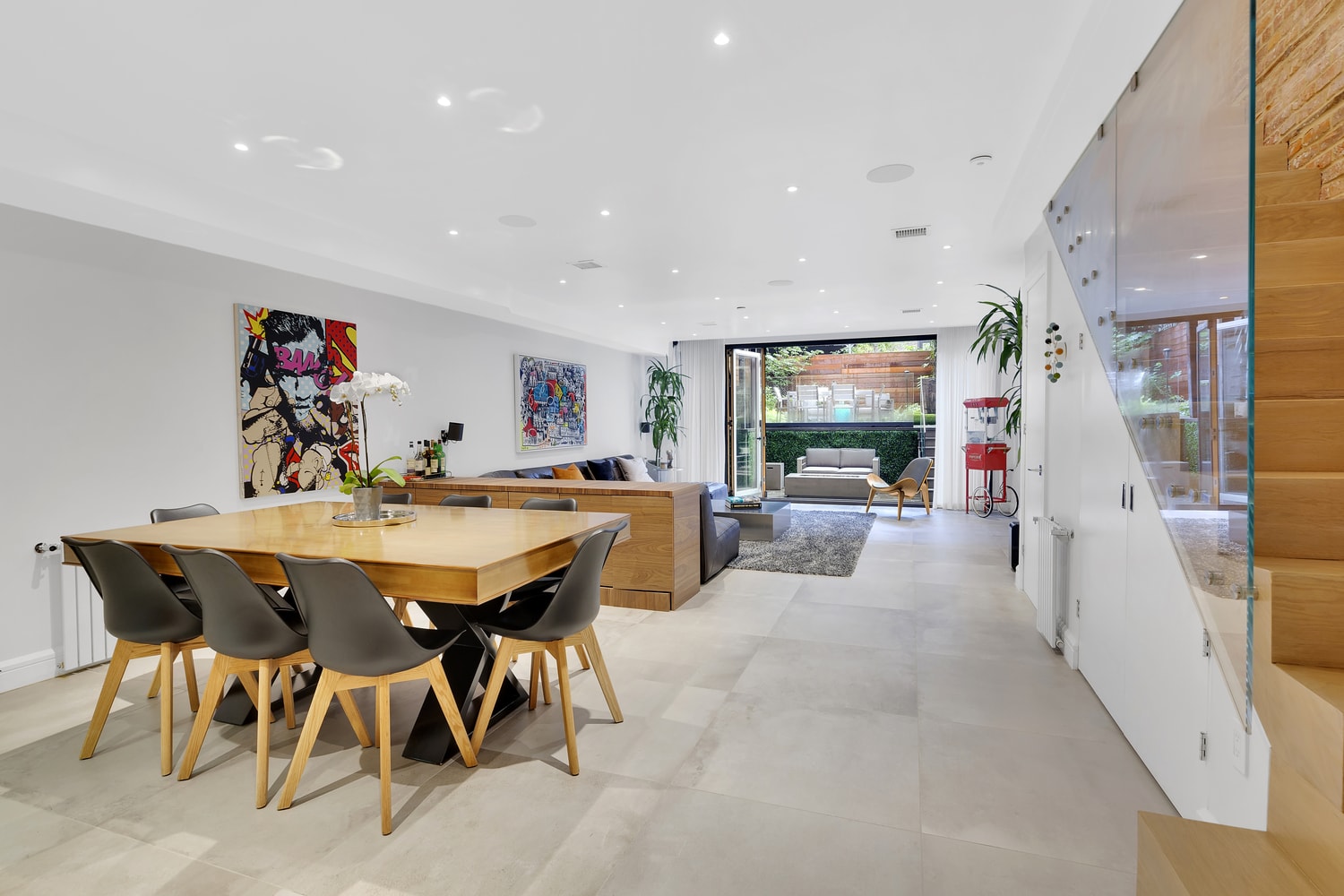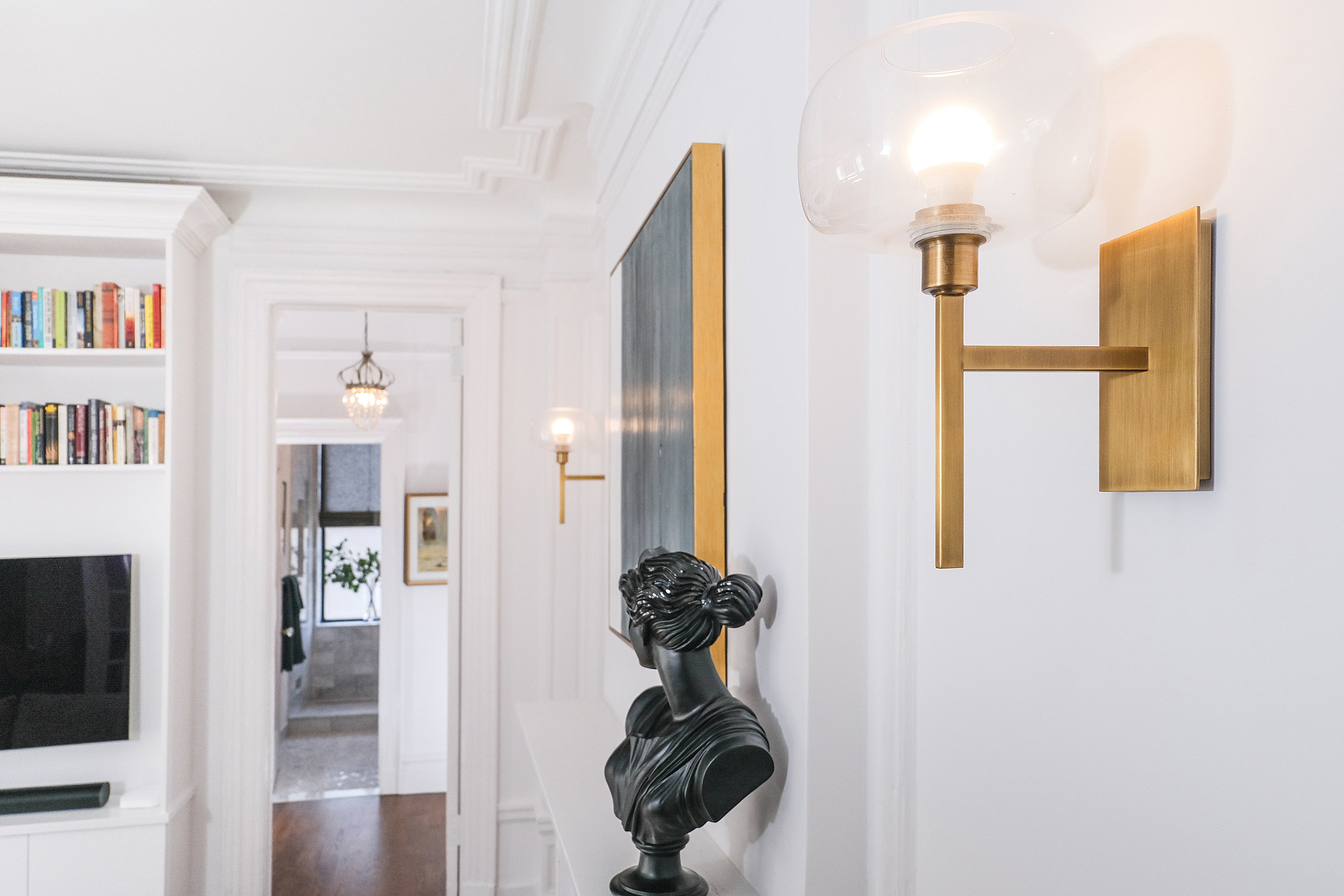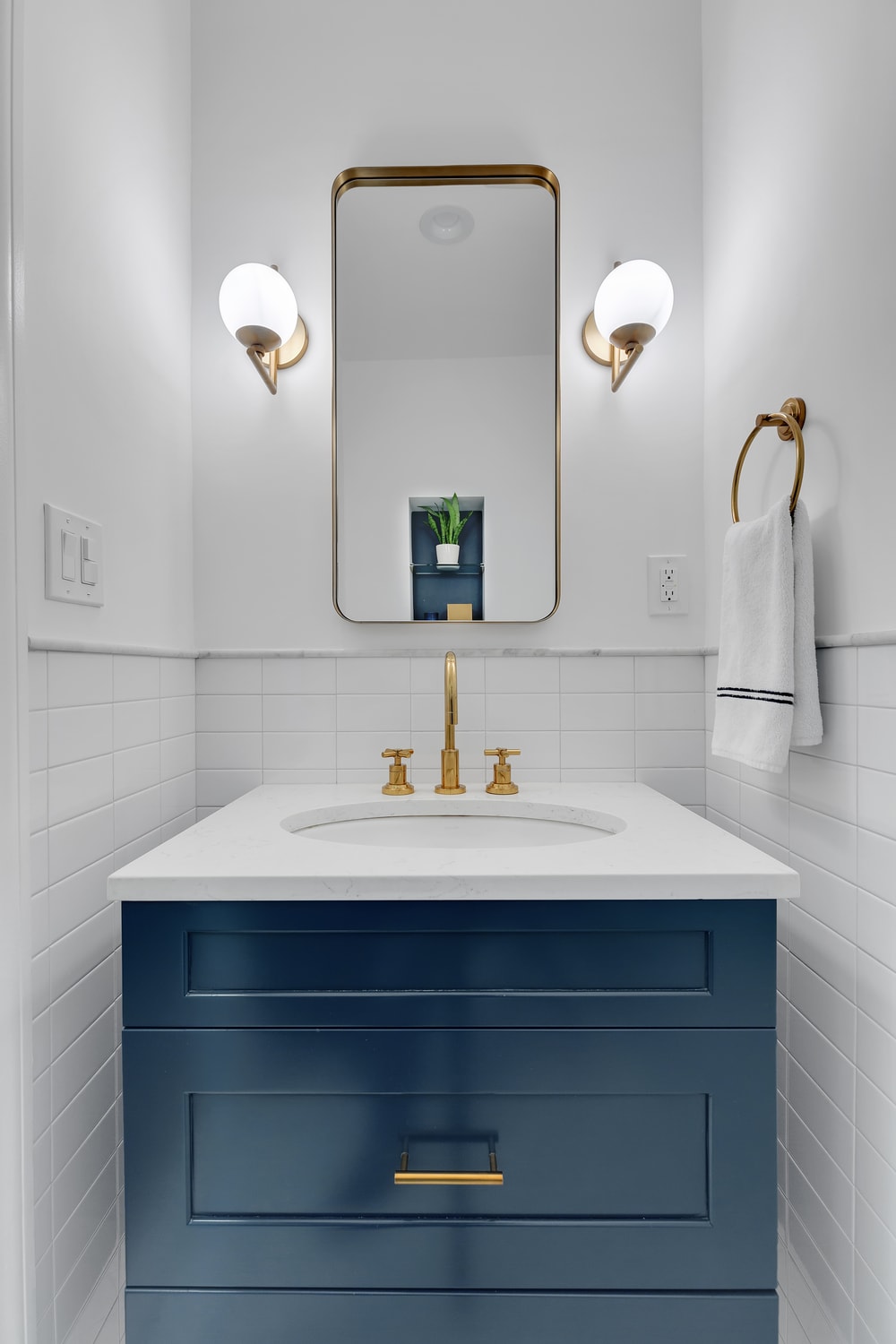What Is A Design Build Contractor?
Discover how a design-build team can simplify your NYC renovation—fewer delays, clearer costs, and one team from start to finish.
June 12, 2025
|
MIN.jpg)
What Is A Design Build Contractor?
Renovating in NYC? Discover why full-service design-build offers a smoother, smarter alternative to the traditional architect/contractor model.
TABLE OF CONTENTS
- Understanding How The Design-Build Model Works
- Design-Build Contractors vs Traditional General Contractors
- The Benefits of Hiring a Design-Build Contractor
- Is Design-Build Right For Your Renovation Project?
- How to Select the Right Design-Build Contractor
- Real-World Results: Design-Build Success Stories in NYC
When moving forward with a big-ticket apartment renovation in NYC, the last thing you want is friction within the process. With so many variables inherently involved already, your path of least resistance usually comes from finding the right partner for your project. Is that an architect? Is that a general contractor? Someone else?
Traditionally, perceive renovations reliant on separate professionals—designers, architects, contractors—each operating independently. While that model may work, the potential for lack of synergy often leads to familiar frustrations: breakdowns in communication, extended timelines, and budget overruns that…voila - appear out of nowhere. In NYC, where regulations are rampant and logistics can be unpredictable, even minor misalignment between teams can snowball into weeks of delay or thousands in unexpected costs.
Enlisting a design-build contractor offers an all-inclusive alternative. By combining architectural design, interior planning, and construction management under one roof, this hybrid renovation model streamlines every phase of your project, alleviating much of the burden that results from managing separate renovation partners. At Gallery, we have found this full-service approach especially appropriate for residents in NYC’s fast-paced, detail-rich real estate landscape —where efficiency and coordination are a must.
In this guide, we break down the design-build model, explore how full-service contractors like Gallery compare to traditional renovation approaches, and help determine whether this streamlined path is the right fit for your project.
-min.JPG)
Understanding How The Design-Build Model Works
Many first-time NYC homeowners start their renovation by contacting an architect or general contractor, often unaware a fully integrated design-build partner even exists. Let’s fix that.
Put simply, design-build means working with one team from start to finish. Instead of hiring an architect, then finding a contractor, then navigating approvals separately, then losing your mind….a design-build firm manages every phase of the renovation in-house. Yes, design, planning, permits, and construction, all handled by one coordinated group.
This structure creates a direct line between vision and execution. With everyone under one roof, communication thrives, design decisions stay grounded in real-world logistics, timelines move faster, and costs are easier to track and control. Clients spend less time managing the process and more time watching their renovation take shape.
Design-Build Contractors vs Traditional General Contractors
Traditional renovations—where the homeowner hires an architect first, then bids out to a contractor—can offer flexibility and price competition. Some appreciate the control that comes from assembling their own team. But that control can come at a cost: more handoffs, more room for miscommunication, and more responsibility on the homeowner to keep everything moving.
Design-build, on the other hand, means shared goals, shared timelines, and a shared understanding of your vision. Fewer handoffs mean fewer surprises. Fewer surprises mean fewer delays, fewer change orders, and fewer late-night emails asking, “Who’s handling this?”
Ultimately, the choice comes down to how involved you want to be. If you prefer to oversee every detail yourself, the traditional model may work. But if you’re looking for a more cohesive, lower-stress path—one team managing everything from plans to permits to build—a full-service design-build partner tends to deliver the smoothest experience.
For more in-depth detail on these two renovation routes, read Design-Build vs General Contractor: What’s The Difference?
.jpg)
The Benefits of Hiring a Design-Build Contractor
From concise communication and planning to hands-off board approvals and construction, hiring an integrated design-build contractor for your renovation offers several key advantages.
Streamlined Communication
With so many moving parts in NYC apartment renovations, consistent communication is essential. A design-build contractor brings architects, designers, and builders into one team, creating a more efficient flow of information and reducing the amount of coordination required from the homeowner.
Single Point Of Accountability
Traditional renovations involving multiple independent entities often lead to blurred responsibilities. A design-build contractor maintains ownership over the entire process—from the first concept sketch to the final coat of paint—removing confusion about who’s responsible for what. TLDR - we handle everything, so you don’t have to.
To learn more about our specific step-by-step approach at Gallery, read Our Process.
Extensive Planning To Avoid Unexpected Costs & Delays
Design-build contractors are structured to anticipate and solve problems before they arise. With design and construction professionals working side by side, planning is both comprehensive and proactive—minimizing mid-project changes, surprise costs, or schedule hiccups.
Board Approval & Permitting
In NYC, gaining approval from building boards and agencies can be a significant hurdle. Design-build contractors often manage these steps in-house, including alteration agreement compliance, permit filing, and any required LPC approvals—reducing delays and ensuring regulatory compliance is built into the project plan. Learn more about our board approval and permitting services and process.
Integrated Design & Construction Expertise
One of the core strengths of the design-build approach is collaboration. Project managers, architects, and designers work together from day one, balancing aesthetics with feasibility. This integration leads to practical designs that are aligned with construction realities, helping eliminate costly rework or unrealistic plans.
Up-Front Cost Transparency
A strong pre-construction phase is where a design-build contractor truly adds value. Every design decision is considered with the construction budget in mind—resulting in more accurate estimates and fewer surprises as the project progresses. This upfront alignment sets the tone for financial transparency throughout the renovation.
- Further Reading: NYC Apartment Renovation Costs In 2025: Costs Per Square Foot
Faster Project Delivery
Design-build contractors reduce lag time by overlapping phases that are typically handled in sequence. While one part of the team is finalizing design, another may be preparing permit applications or beginning procurement—keeping the project moving forward without unnecessary pauses.
MIN.jpg)
Is Design-Build Right For Your Renovation Project?
The design-build approach has clear advantages, but is the full-service approach appropriate for your project? Let’s dig into the details:
Projects Where Design-Build Shines
Full Apartment Renovations
Full apartment renovations are ideal for transforming your NYC abode into a long-term home—whether through reimagined layouts, better storage, or a total style overhaul. Both architects and design-build firms can lead the charge, but each offers a different experience.
Architects are experts at vision and layout, but typically outsource construction—placing coordination and added costs back on the homeowner. Furthermore, most architects drive the design 100%, aiming for prestige and away from client input - which can be costly and misaligned with your original design plan. A design-build firm, on the other hand, handles everything in-house, from early design planning through permits and buildout. That all-inclusive structure leads to better communication, realistic design + cost expectations, and a smoother renovation process overall.
For a deeper dive, read The Pros And Cons Of Design-build Vs. Architectural Firms.
Full Gut Renovation
Gut renovations strip the apartment down to the studs, giving you complete control over layout, systems, and style. These complex overhauls require professional expertise to ensure structural soundness and code compliance.
Architects can absolutely guide a gut renovation—but often stop short of construction oversight. Design-build firms, in contrast, offer full-service execution with in-house architects, designers, and project managers working in sync. If you need creative input, logistical clarity, and turn-key coordination, design-build is a strong match.
For more in depth details on gut renovations in NYC, dig into our reader-approved guide on Gut Renovations 101, or view our complete renovation portfolio including many full gut renovations.
Apartment Combinations
While this renovation type isn’t always available due to building regulations and ownership constraints, combining two apartments in NYC presents a rare chance to create a larger, more functional home in a city where space is always at a premium. To achieve such a customized and complicated renovation, there are only two routes - design-build contractor or architect.
Both solutions offer the strategic overview required to execute apartment combinations in NYC. However, while architects may offer proper guidance, they will likely be outsourcing the construction part of the renovation to a separate contractor. A design-build contractor, on the other hand, has every party involved in your renovation working under one roof, leaving less room for miscommunication and set-backs - which is key during such a complex renovation.
For examples of Gallery’s apartment combination renovations, browse our full portfolio of apartment combinations in NYC.
Projects Where Design-Build May Not Be Appropriate
Kitchen Only
A general contractor or interior designer are likely preferable for a basic kitchen renovation in an NYC apartment. They possess expertise in optimizing layouts, selecting appropriate materials, and managing construction processes efficiently. In contrast, architects may be more geared towards larger-scale projects that involve structural changes, while design-build contractors may bring an integrated approach that might be unnecessary for a straightforward kitchen remodel.
Bathroom Only
Similar to stand-alone kitchen renovations, a general contractor or interior designer are sufficient for a basic bathroom renovation in an NYC apartment. Unless you’re reconfiguring your layout and creating a totally new bathroom within your home, an architect or design-build contractor would likely be unnecessary for a single bathroom renovation.
Millwork Only
Opting for a general contractor, carpenter, or interior designer for custom millwork in an NYC apartment makes most sense. These professional craftsmen can focus on the intricate details of the millwork project, ensuring precision and expertise, while architects or design-build firms may simply offer a broader scope than your singular specification requires.
Design Only
Choosing an interior designer for a design-only job in an NYC apartment is ideal, as their expertise lies exclusively in crafting spaces with purpose. While architects or design-build firms have broader scopes, interior designers excel in curating furnishings, colors, and layouts to create a personalized ambiance. This specialized focus ensures a tailored and detailed design, particularly suitable for projects where structural changes aren’t needed. However, depending on the aesthetics being updated, an interior architect or interior decorator could be required. For further distinction, read our blogs: Interior Design Architect Vs Interior Designer: What's The Difference? and What's The Difference Between An Interior Designer And Interior Decorator?
Personal Considerations To Factor In
The right renovation partner also depends on your personal preferences—how involved you want to be, how much time you can dedicate, and what level of finish you’re aiming for.
How Much Design Input Do You Want?
More often than not, we find clients prefer to have some input on the interior design of their renovation, even if the project is driven by someone else.
- Working with a design-build contractor means you stay involved in your project’s design without having to manage the details. Our in-house designers take the lead, pulling from your vision boards or favorite Pinterest saves, then source all materials to match. You simply provide feedback and approvals. We also provide photorealistic 3D renderings, helping you visualize your space before construction begins. Read More: Render To Reality: How Our Rendering Process Helps Clients Visualize Their NYC Renovation
- Working with a traditional contractor puts more of the design load on you. You’ll need to choose all materials, manage vendors, and ensure everything aligns with your vision. Want renderings? That’s on you.
- Working with an independent architect typically means assembling your own team—hiring a separate interior designer, then bidding the plans out to contractors. Some architects stay involved during the build, but many step back once the drawings are finalized, leaving you to coordinate the rest.
This setup can work for clients with flexible budgets, loose timelines, and a general idea of what they want—but not much structure. Independent architects often chase bold, high-concept designs meant to stand out. The result can be stunning, but also pricey, with minimal room for client input and materials that cost 50–100% more in the name of uniqueness.
How Much Time Are You Willing To Spend Managing Your Project?
Some homeowners want to be deeply involved—approving every selection, coordinating schedules, and managing vendors. If that sounds like you, a traditional general contractor plus separate designer might suit your style (though expect to play head coach throughout).
If you prefer to hand off the heavy lifting to a team you trust, a full-service design-build contractor like Gallery is your best bet. We manage the full scope—design, permits, construction, coordination—while keeping you in the loop and in control of big decisions only.
What Level Of Luxury Are You Looking For?
If you want a refined, one-of-a-kind home and are comfortable giving creative control to an architect—regardless of the investment—then hiring an independent architect might be your ideal route. These projects often aim for editorial-style design, and materials or finishes are selected for distinction rather than practicality or price.
If your goal is a high-end renovation that balances luxury, comfort, and long-term livability—without spiraling into the ultra-custom stratosphere—a design-build firm can deliver stunning, tailored results with clear pricing, efficient execution, and a collaborative design process.
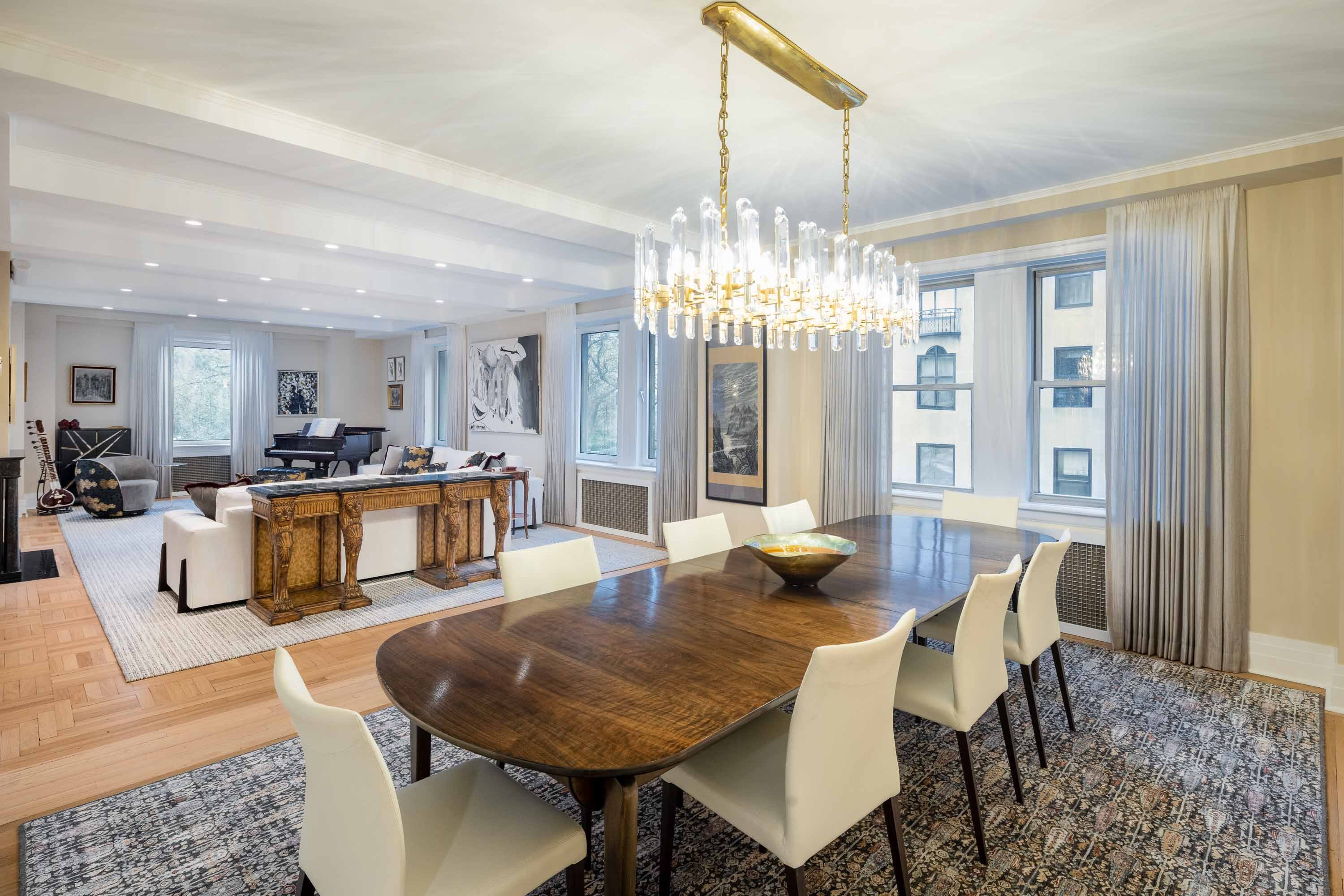
How To Select The Right Design-Build Contractor
Choosing the right contractor for your renovation is just as important as the renovation itself. Beyond the basics—licenses, experience, and timelines—what often seals the decision is comfort, trust, and whether the firm feels like the right fit for you and your home.
The Basic Qualifications
Before arming your list of questions to ask a general contractor before hiring one, do your own research.
Check For License
Once you find a few general contractors that meet your standards, check every prospective contractor’s license on your state’s or city’s website to make sure it’s legitimate. In New York City, general contractors are licensed by the NYC Department of Consumer Affairs, which has an online system where you can check the license (IE: Gallery NYC DCA Lic #2116734-DCWP).
Baseline Brand Search On Houzz + Google
Next, search each contractor’s name online to see what reviews say, and check any Google or Houzz.com ratings of them. Online reviews should be taken with a grain of salt, but several negative comments should be a red flag. Feel free to browse our various Testimonials, sourced directly from client reviews on Google and Houzz.
Schedule A Consultation
Assuming the general contractor’s credentials are legitimate, the next step is to determine whether they are a good fit for you and your home renovation project. To do that, you’ll have to spend time getting to know your contractors during an initial consultation, ideally walking through the space you’re looking to renovate to discuss renovation possibilities in person and see if rapport comes natural.
Essential Questions To Ask Potential Design-Build Contractors
These are the baseline questions to ask when hiring a contractor for your New York City apartment renovation.
What is Your Communication Style And Frequency During the Project?
Clear and consistent communication is vital during a renovation project because it helps both the homeowner and the contractor stay aligned on expectations and project details. This alignment is crucial for avoiding misunderstandings and ensuring that the project progresses smoothly. That means making sure you’re comfortable with their communication methods prior to engagement.
At Gallery, our designers and project managers are constantly in communication with our clients, whether that be a planned in-person meeting to plan key design details or on an impromptu phone call for a quick question. Plus, we offer detailed project updates on a routine basis via our readily-available JobTracker software.
How Long Should My Project Take?
When choosing a contractor, people often make the mistake of taking the behind-the-scenes logistics for granted. Who will accept materials, inspect them, and deal with defects? If your contractor doesn’t include these in the proposal and timeline, they’ll fall on your shoulders. One of the most important questions to ask a general contractor before hiring is what kind of timeline you can expect. To get an idea of some baseline timelines, view a few of our relevant NYC renovation articles form our Design & Reno Blog:
- Learn More: How Long Does A Full Apartment Renovation In New York City Take?
- Learn More: Full Home Renovations In NYC 101: What To Know & Where To Start
- Learn More: Gut Renovation Vs. Other Renovation Types In NYC: The Pros And Cons
For a full list of questions to ask your potential renovation contractor, read our popular article 10 Questions To Ask A NYC General Contractor Before Hiring.
Real-World Results: Design-Build Success Stories in NYC
From Tribeca lofts to Upper West Side classics, these project highlights from our full NYC renovation portfolio showcase how a design-build approach delivers both form and function—tailored to each client’s vision.
%20Gallery%20KBNY.JPG)
Co-Op Loft Renovation In Tribeca | 335 Greenwich St.
Renovating in NYC always has its challenges, but the Tribeca condo at 335 Greenwich Street called for a true transformation. Once an artist’s studio, the open loft featured paint-splattered floors and a layout built for work, not living. When a newlywed couple bought the space, they wanted a home with modern sophistication and subtle Art Deco touches. Our gut renovation delivered just that—reworking the layout to add a third bedroom, 1.5 baths, improved lighting, and better flow, all while preserving the loft’s original charm. View the full Tribeca renovation before and after.
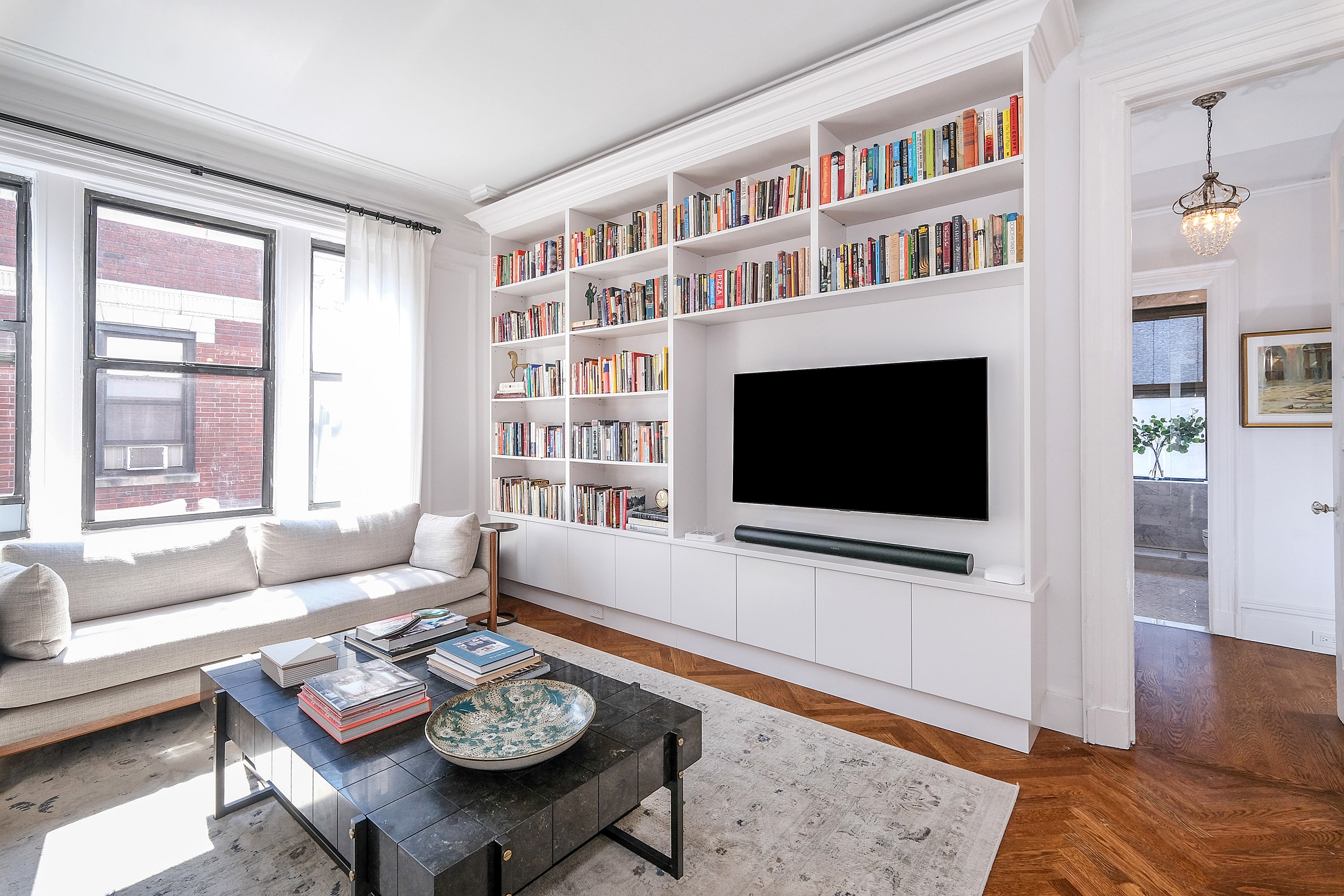
Upper West Side Pre-War Co-Op Renovation | 801 West End Ave
When we were enlisted for this co-op renovation on the Upper West Side, the dated pre-war space needed some work. The family recently purchased the Manhattan home near Broadway with the intention of reinvigorating the spacious property without losing the historic character. With a speciality in pre-war renovations in NYC, we were happily up for the challenge. View the full pre-war renovation via our before and after.
MIN.jpg)
Sutton Place Co-Op Renovation At The Sovereign | 425 East 58th Street
This stand-out Manhattan renovation began with a clear vision from our clients, a retired couple ready to settle into city life after years of managing a large vacation home in Provincetown. They wanted their new Sutton Place space to reflect their thoughtful traditional style while incorporating choice updates to make the most of the square footage. Collaborative from the outset, they were deeply involved in the design process, from selecting fixtures to refining layouts - but always welcomed our input throughout. Together, we transformed their new abode into a home that feels timeless, functional, and entirely their own. View the full renovation before and after.
Hire A Reliable Design Build Contractor To Guide Your NYC Home Renovation
If you own a home in NYC—or are planning to purchase one that could use an upgrade—consider Gallery’s full-service design-build approach for your renovation. We are the premier, full-service design-build general contractor in NYC, handling every aspect of your residential renovation, from architectural planning and interior design to permits and project management.
Ready to renovate? Learn why design-build is the best method for your NYC apartment renovation, explore more of our work, or contact us to see why our New York City apartment renovation and remodeling services are the most mindful choice when considering a residential renovation in Manhattan or Brooklyn.

.png)
.png)


-min.jpg)
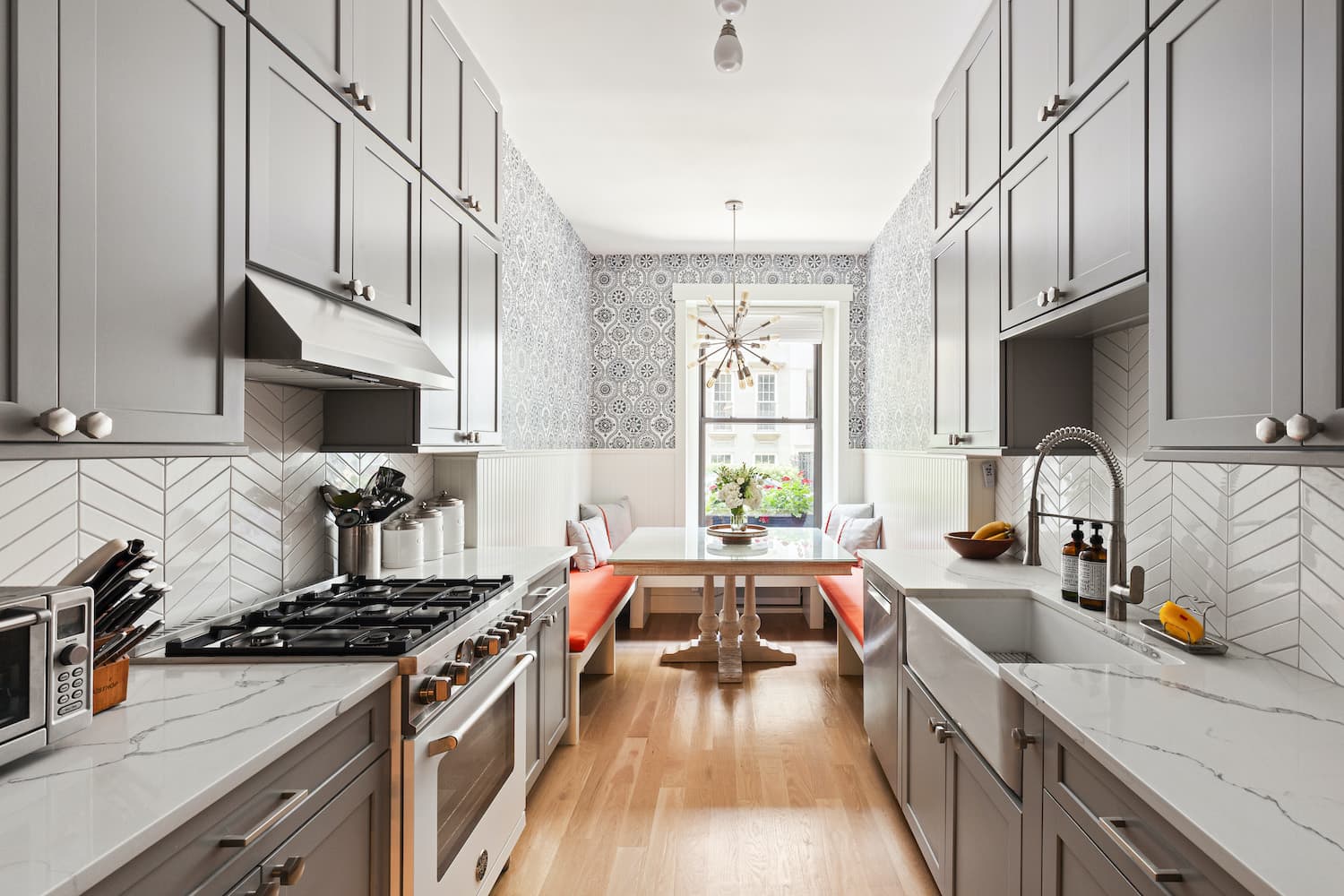
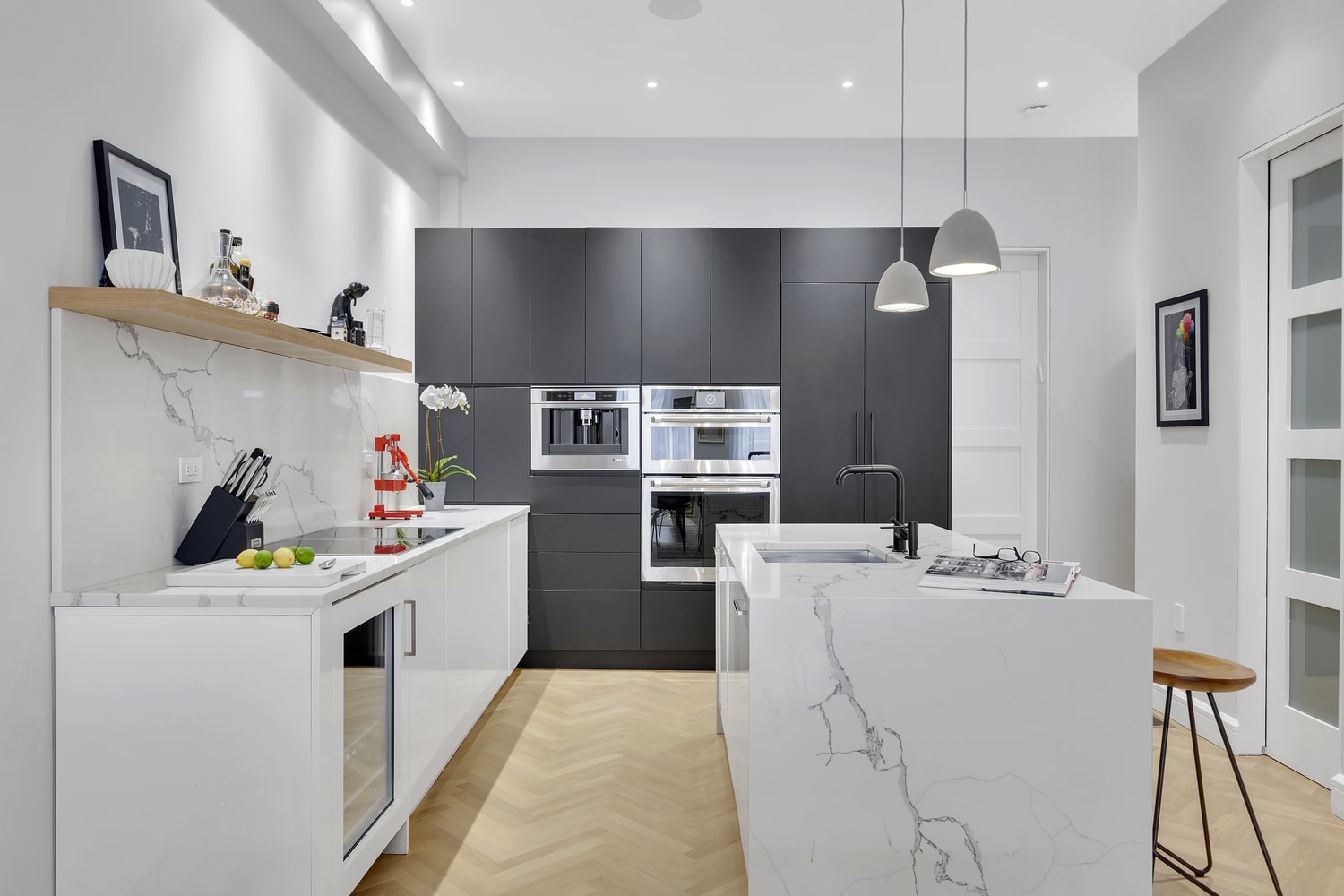
.jpg)
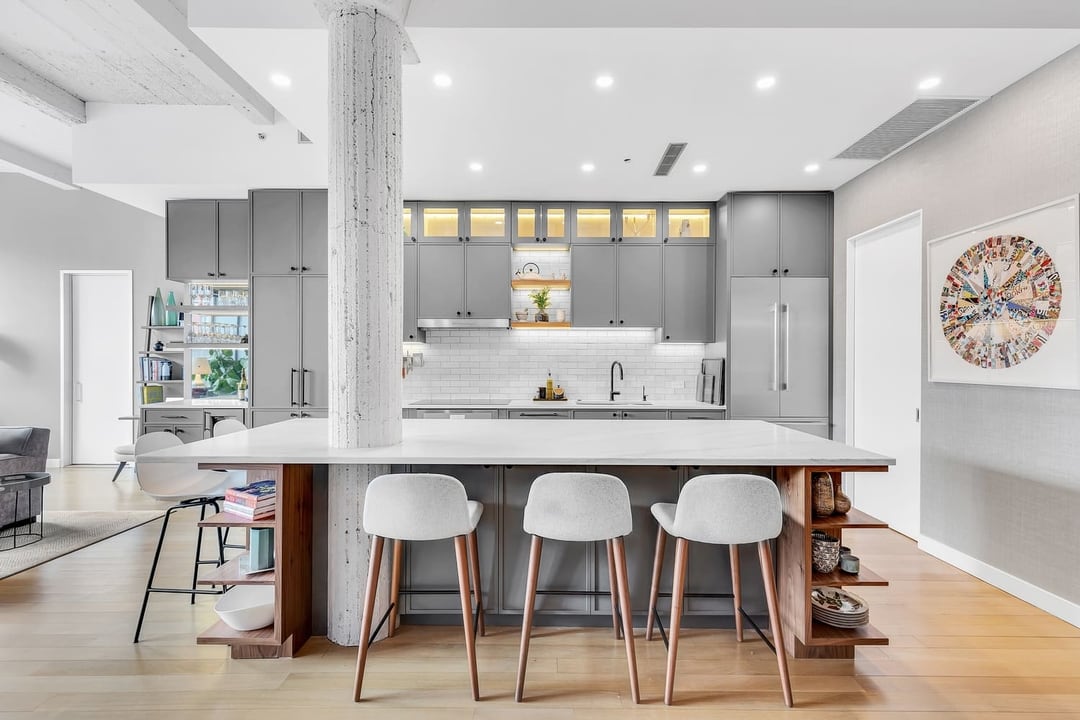
%20(2).jpg)
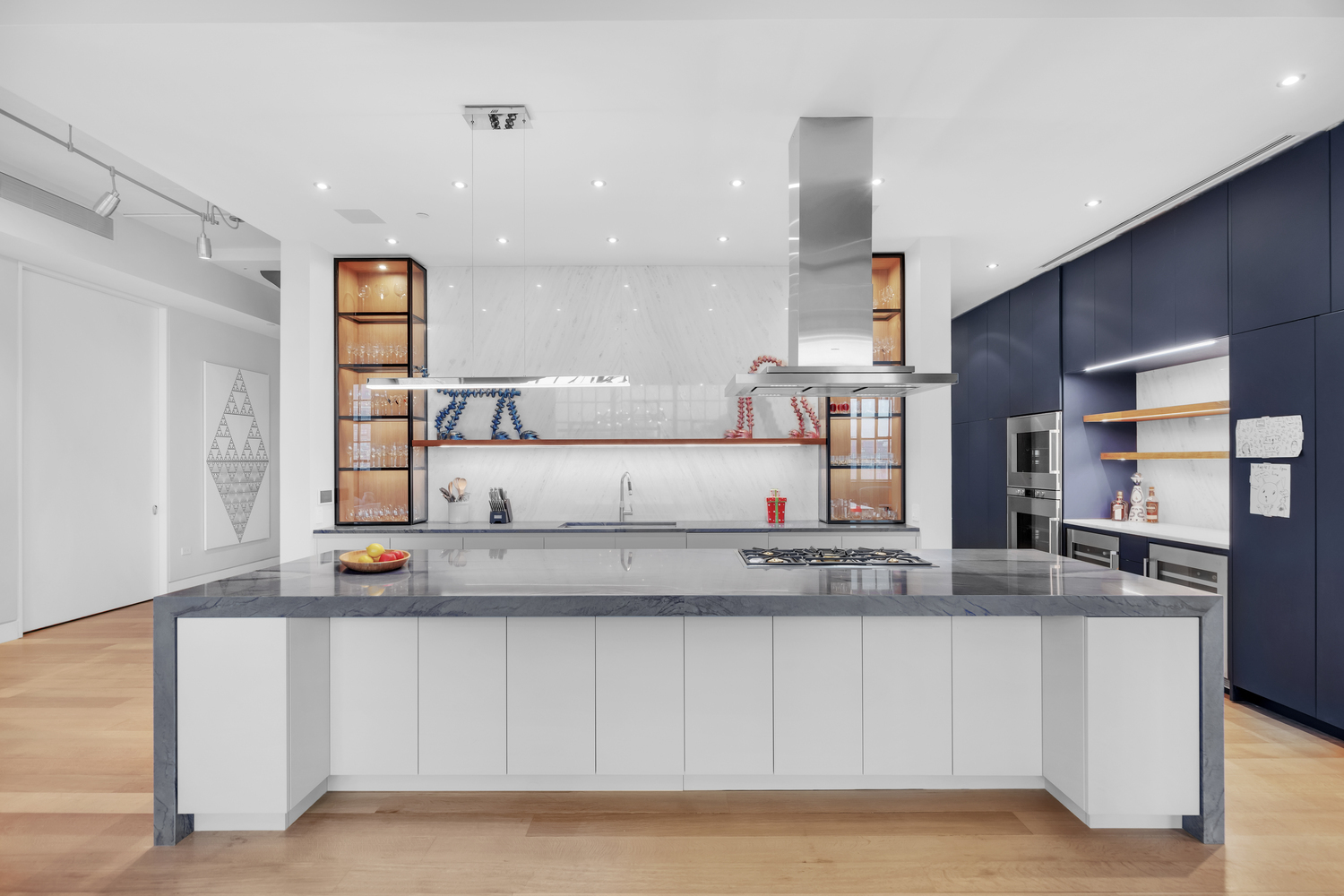
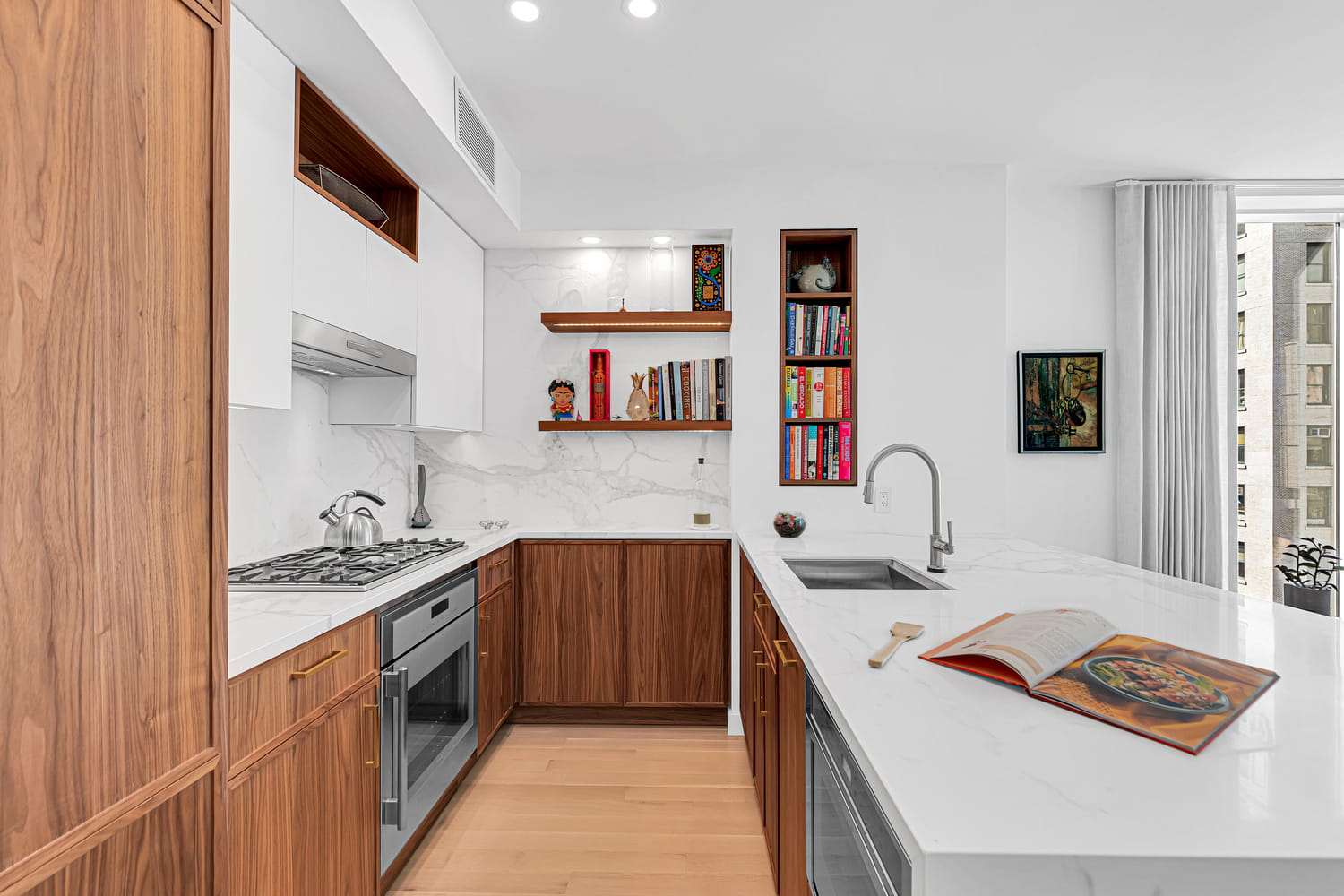
.jpg)
%20Gallery%20KBNY.JPG)
